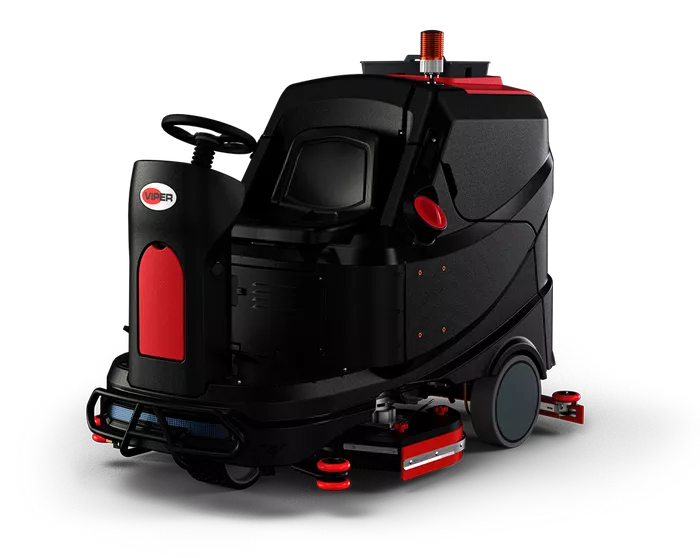In the realm of cleaning technology, magnetic sweepers with wheels stand out as indispensable tools for efficiently tidying various environments. From construction sites to warehouses, these devices streamline debris collection, offering a myriad of benefits over traditional cleaning methods. Let’s delve into the workings, components, applications, and maintenance of these innovative gadgets to understand their significance in modern cleaning routines.
Introduction to Magnetic Sweepers with Wheels
Magnetic sweepers with wheels are revolutionary devices designed to effortlessly gather ferrous materials like nails, screws, and metal debris from floors, pavements, and other surfaces. Unlike manual methods that require painstaking effort and time, these sweepers leverage magnetic fields to attract and collect metal objects swiftly and efficiently.
How Magnetic Sweepers Work
At the heart of magnetic sweepers lie powerful magnets that generate a magnetic field. As the sweeper is pushed or pulled across a surface, this field attracts ferrous materials, effectively lifting them from the ground and into the sweeper’s collection area. This mechanism ensures thorough cleaning without the need for excessive bending or physical exertion.
Components and Design Features
A typical magnetic sweeper with wheels comprises several key components, including magnets, a durable frame, wheels, a handle, and a collection tray. The magnets, usually housed within the sweeper’s body, determine its magnetic strength, while the frame and wheels provide stability and mobility. Additionally, ergonomic handles facilitate comfortable operation, ensuring user convenience during extended cleaning sessions.
Applications and Uses
The versatility of magnetic sweepers with wheels makes them invaluable across various settings. From construction sites plagued with metal debris to sprawling warehouses and factory floors, these devices excel in maintaining cleanliness and safety. Moreover, parking lots and outdoor spaces benefit from their efficiency in swiftly clearing metal hazards, minimizing the risk of tire punctures and injuries.
Benefits and Advantages
Compared to traditional cleaning methods, magnetic sweepers offer a host of advantages. Their time-saving nature drastically reduces labor costs and increases productivity. Furthermore, their efficiency in collecting metal debris enhances safety by mitigating the risk of accidents and injuries caused by sharp objects. Overall, the adoption of magnetic sweepers translates into improved cleanliness and operational efficiency.
Choosing the Right Magnetic Sweeper
Selecting the appropriate magnetic sweeper involves considering various factors such as size, width, weight capacity, and terrain adaptability. Larger sweepers are ideal for expansive areas, while narrower models excel in tight spaces. Additionally, assessing the terrain’s roughness ensures compatibility with the sweeper’s wheel type and durability.
Maintenance and Care
To prolong the lifespan and optimize performance, proper maintenance of magnetic sweepers is crucial. Regular cleaning of the collection tray prevents buildup and ensures unhindered debris collection. Moreover, storing the sweeper in a dry, secure location shields it from environmental factors and extends its usability.
Safety Considerations
While magnetic sweepers enhance cleaning efficiency, safety remains paramount. Operators should exercise caution when handling sharp objects collected by the sweeper and dispose of them appropriately. Additionally, wearing suitable personal protective equipment (PPE) safeguards against potential hazards, fostering a secure cleaning environment.
User Tips and Best Practices
Maximizing the effectiveness of magnetic sweepers entails adhering to user-generated tips and best practices. Maintaining a consistent sweeping pattern ensures thorough coverage, while periodic inspections identify and address any potential issues promptly. Furthermore, sharing experiences and insights among users fosters a collective understanding of optimal cleaning techniques.
Conclusion
In conclusion, the integration of magnetic sweepers with wheels revolutionizes cleaning practices across various environments. Their efficiency, versatility, and safety features make them indispensable tools for maintaining cleanliness and minimizing hazards. By embracing these innovative devices and adhering to proper maintenance and safety protocols, users can elevate their cleaning routines to new heights of effectiveness and efficiency.

